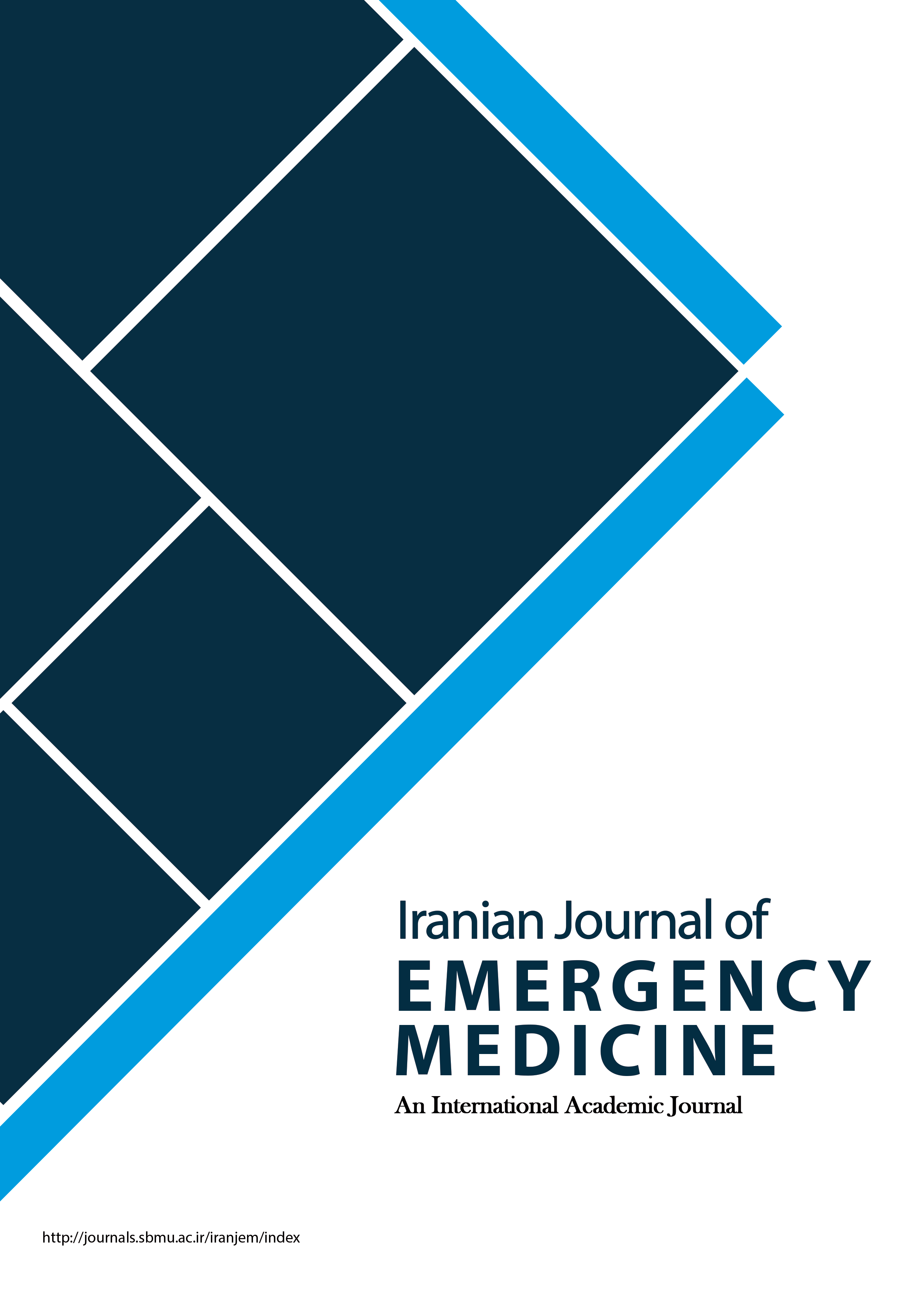Quality of Nursing Care and Documentation with Overcrowding in Emergency Department
Iranian Journal of Emergency Medicine,
Vol. 3 No. 2 (2016),
6 Khordad 2016,
Page 57-53
https://doi.org/10.22037/ijem.v3i2.9975
Introduction: Overcrowding in the emergency department is a major obstacle in receiving care. The present study was done with the aim of evaluating the relationship of nursing care and documentation qualities with overcrowding in emergency department. Methods: The present cross-sectional study was carried out in Alzahra Hospital, Isfahan, Iran in 2012. Data were gathered by a trained observer throughout working hours of the hospital using a standard checklist extracted from nursing textbooks. Overcrowded shifts were separated from other shifts by considering the number of patients admitted, and results were compared between the 2 situations using statistical analyses. Results: 170 patient files were evaluated regarding the quality of nursing and its documentation. According to the statistical analyses, documenting the nursing care given decreased at overcrowded times (p = 0.028), however the quality of care given did not vary (p = 0.36). Conclusion: The results of this study showed that despite the decline in quality of nursing care documentation following overcrowding in emergency department, rate and quality of care were not affected by overcrowding.



